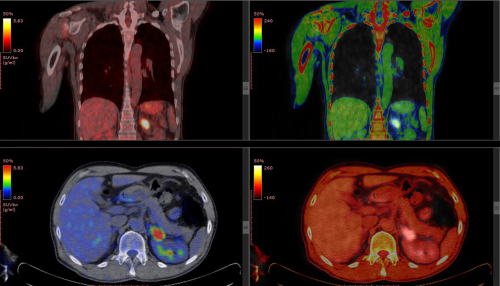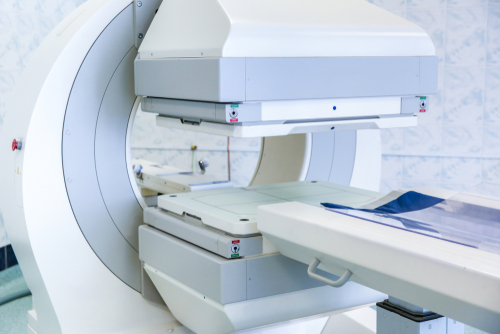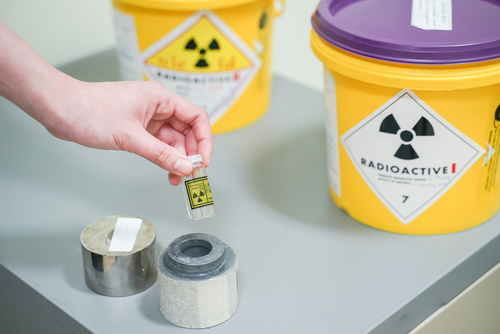About Nuclear Medicine
Nuclear Medicine
Nuclear medicine uses radionuclides in medicine for diagnosis, staging of disease, therapy and monitoring the response of a disease process. It is also used in the basic sciences such as biology, in drug discovery and in pre-clinical medicine. Nuclear medicine is described by three elements - clinical problem, the radiopharmaceutical and the instrumentation. Since nuclear medicine involves exposure of patients, the general principles of radiation protection should be applied. ©IAEA


Diagnostic Nuclear Medicine
Diagnostic nuclear medicine involves the use of radioactive tracers to image and/or measure the global or regional function of an organ. The radioactive tracer (radiopharmaceutical) is given to the patient by intravenous injection, orally or by other routes depending on the organ and the function to be studied. The uptake, turnover and/or excretion of the tracer substance is then studied with a gamma camera, positron emission tomography (PET) camera or another instrument, such as a simple stationary radiation detector. The uptake of the tracer is generally a measure of the organ function or metabolism or the organ blood flow. ©IAEA
Therapeutic Nuclear Medicine
Therapy using unsealed radioactive sources includes treatment of the thyroid (hyperthyroidism and thyroid cancer) using radioactive iodine, pain palliation of bone metastasis using radioactive bone seeking agents and others. Research is under way to develop new radiopharmaceuticals to treat different tumours. This section provides you with the information about basic safety considerations for both general and specific therapy. ©IAEA

